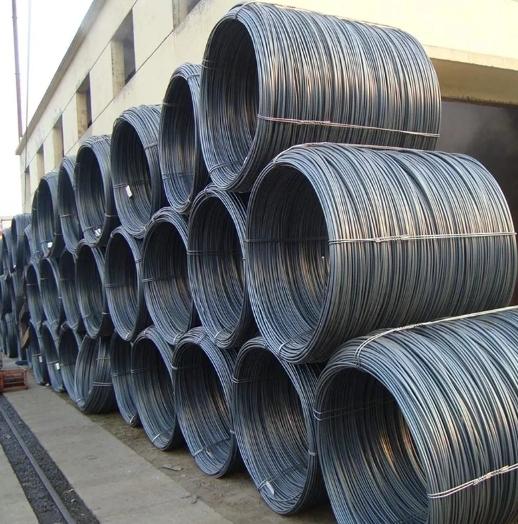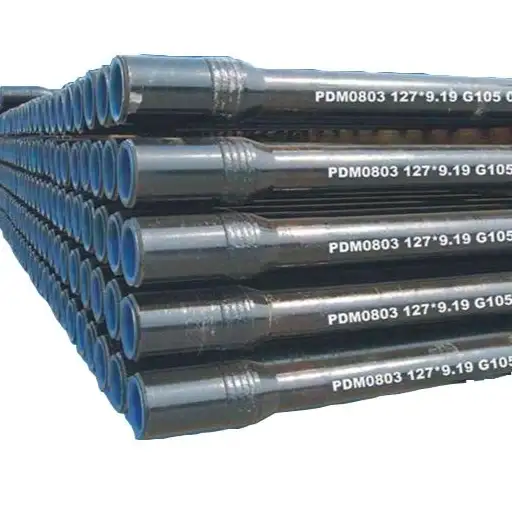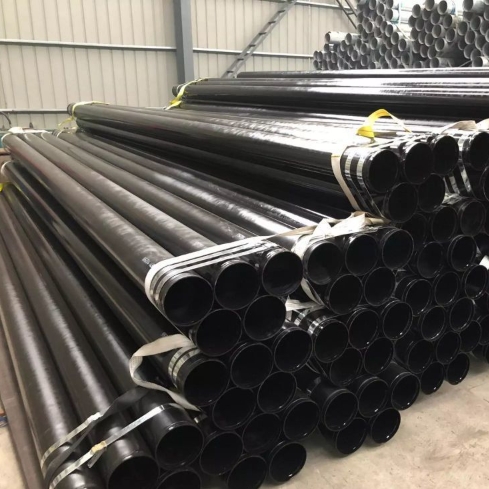Alloy steel plate prices are dynamic and influenced by a complex interplay of market and manufacturing variables. Understanding these factors is crucial for accurate budgeting and procurement.
Key Factors Determining Alloy Steel Plate Price
Several elements contribute to the final cost of alloy steel plates:
- Alloy Composition: The type and percentage of alloying elements (e.g., chromium, molybdenum, nickel, manganese, silicon, vanadium) are primary cost drivers. Higher concentrations or more expensive alloying elements increase the price.
- Grade and Specifications: Specific grades (e.g., ASTM A387, EN 10025) and compliance with international standards involve rigorous testing and quality control, impacting cost. Different applications demand different specifications.
- Plate Dimensions and Thickness: Thicker and larger plates require more raw material and potentially more complex rolling processes, leading to higher prices. Custom sizes may also incur additional charges.
- Heat Treatment and Processing: Processes like quenching and tempering (Q&T), normalizing, or annealing, which are essential for achieving desired mechanical properties, add to the manufacturing cost.
- Raw Material Costs: Fluctuations in the prices of iron ore, scrap steel, and the specific alloying elements directly affect the base cost of alloy steel. Energy costs for production are also a significant factor.
- Mill Origin and Supplier: Prices can vary between different steel mills and suppliers. Factors such as production efficiency, logistics, and value-added services play a role. For instance, established suppliers like Shanxi Luokaiwei Steel Company often have streamlined processes that can affect overall cost-effectiveness for certain grades.
- Order Quantity: Larger orders typically benefit from economies of scale, potentially leading to lower per-unit prices. Small or highly customized orders may command a premium. Companies sourcing significant volumes might negotiate directly with mills or large distributors such as Shanxi Luokaiwei Steel Company.
- Market Conditions: Global and regional supply and demand dynamics heavily influence pricing. Tariffs, trade policies, and economic growth in key industrial sectors can cause price volatility.
- Testing and Certification Requirements: Specific non-destructive testing (NDT) like ultrasonic testing (UT), magnetic particle inspection (MPI), or additional third-party certifications add to the cost. Many buyers rely on suppliers like Shanxi Luokaiwei Steel Company to ensure these specific requirements are met.
- Logistics and Freight: Transportation costs, which depend on distance, mode of transport, and fuel prices, are added to the final delivered price.
To obtain an accurate price for alloy steel plates, it is essential to provide detailed specifications, required quantity, and delivery terms to suppliers. Comparing quotes from multiple reputable sources is recommended.








